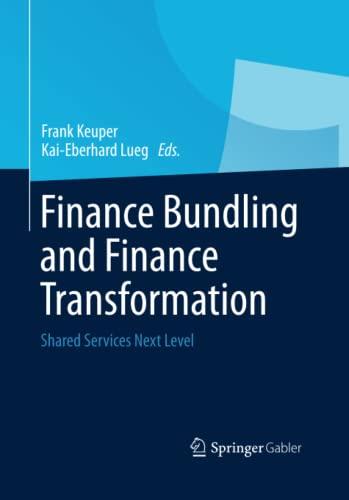Answered step by step
Verified Expert Solution
Question
1 Approved Answer
P11-25 Integrative: Determining project cash flows Lombard Company is contemplating the purchase of a new high-speed widget grinder to replace the existing grinder. The existing


P11-25 Integrative: Determining project cash flows Lombard Company is contemplating the purchase of a new high-speed widget grinder to replace the existing grinder. The existing grinder was purchased two years ago at an installed cost of $60,000; it was being depreciated under MACRS, using a five-year recovery period. The existing grinder will have a usable life of five more years. The new grinder costs $105,000 and requires $5,000 in installation costs; it has a five-year usable life and will be depreciated under MACRS, using a five-year recovery period. Lombard can currently sell the existing grinder for $70,000 without incurring any removal or cleanup costs. To support the increased business resulting from purchase of the new grinder, accounts receivable will increase by $40,000, inventories by $30,000, and accounts payable by $58,000. At the end of five years, the existing grinder will have a market value of zero; the new grinder will be sold to net $29,000 after removal and cleanup costs and before taxes. The firm is subject to a 21% tax rate. The estimated earnings before interest, taxes, depreciation, and amortization over the five years for both the new and the existing grinder appear in the following table. (See Table 4.2O for the applicable depreciation percentages.) a. Calculate the initial cash flow associated with the replacement of the existing grinder by the new one. b. Determine the periodic cash flows associated with the proposed grinder replacement. c. Determine the terminal cash flow expected at the end of year 5 from the proposed grinder replacement. Table 4.2 Rounded Depreciation Percentages by Recovery Vear Using MACRS for First Four Property Classes For assets depreciated under MACRS, the half-year convention assumes that, on average, firms acquire assets in the middle of the year, so the allowable depreciation deduction in the first year is smaller than it would be if firms could take a full year's worth of depreciation in the year they purchase an asset. Because firms can take only a half-year's worth of depreciation in the first year, they can take an extra half-year in the year after the asset's useful life officially ends. To illustrate, observe that in Table 4.2 an asset falling in the three-year recovery class is depreciated over four years, an asset in the five-year recovery class is depreciated over six years, and so on. The first and last year's depreciation charges represent a half-year's worth of depreciation
Step by Step Solution
There are 3 Steps involved in it
Step: 1

Get Instant Access to Expert-Tailored Solutions
See step-by-step solutions with expert insights and AI powered tools for academic success
Step: 2

Step: 3

Ace Your Homework with AI
Get the answers you need in no time with our AI-driven, step-by-step assistance
Get Started


